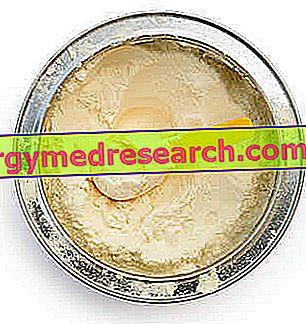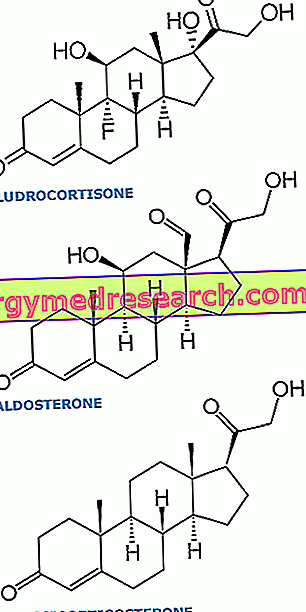
Without disturbing science, even with the naked eye we see how there are people with fine hair (which tends to break) and others with thick hair (which often tend to be frizzy and bristly too).
The thickness of the hair, understood as the diameter of the hair shaft, therefore has wide intra and interindividual variations. On average it is around 70 microns (0.07 millimeters).
But what affects the thickness of the hair?
Starting from intra-individual factors (ie internal to the same individual), the thickness of the hair depends first of all on the age of the subject. Infants and young children, in fact, tend to have thicker hair than those of a young adult.
Furthermore, the thickness of the hair varies considerably from one region to another of the head; especially in males with andro-genetic tendency to alopecia, the hair of the vertex and of the fronto-temporal area are thinner than those of the nape and temples. In women, however, the areas most prone to thinning after menopause are those of the vertex and the frontal region.
As for the inter-individual factors (ie the differences between one person and another), much depends on what is written in the genetic code. Populations of Asian race, for example, tend to have thicker hair than Caucasian ones, while in Europe the hair of the Nordics is much thinner than that of the Mediterranean populations.
Even the different hair color generally correlates with differences in their diameter; for example, black hair tends to be thicker than red hair. Furthermore, white hair is thicker and grows faster than pigmented hair, but due to the absence of melanin, it is more easily damaged if it is dyed and permanently damaged.
We have also seen that the deeper the hair root (capillary bulb), the thicker the hair shaft is.
A hair is also often a "stronger" hair, in the sense that it better resists to environmental aggressions (sun rays, detergents, dyes, tiling, exposure to salt or chlorinated water), which weaken the structure of the hair bringing those ends to break .



